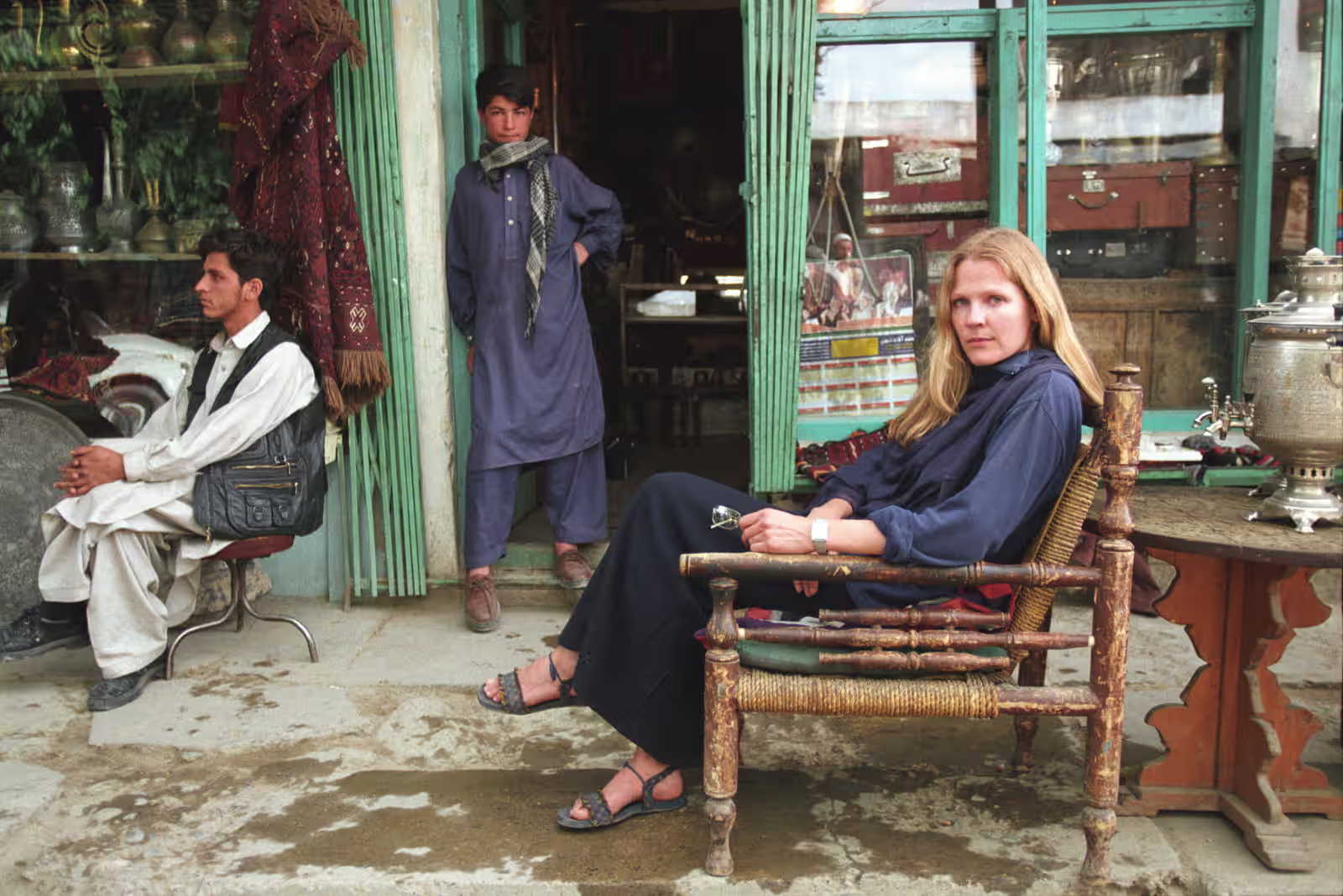‘It is worse now’: The Bookseller of Kabul author Åsne Seierstad on returning to Afghanistan 20 years on
The novelist Åsne Seierstad’s calm, shaded garden appears a world apart from Afghanistan and the Taliban, even though it is only a short stroll from Oslo’s downtown. However, as she sits there sipping tea, she vividly recreates that other, dirtier, more chaotic reality. Two weeks after 9/11, Seierstad started that association as a freelance foreign correspondent, integrating herself with the Northern Alliance troops who would overthrow the Islamic fundamentalist state with the help of the West. She is one of the few journalists who returned following the frantic evacuation that terminated US and British backing for democratic governance twenty years later, spending time seeing the Taliban’s terrifying resurgence in power.
Two close accounts of the lives of families enduring those decades of strife and terror bookend her narrative. The Bookseller of Kabul, the first, shot to global bestseller status. However, that book was more than just a hit book. It became a ten-year test case for a variety of issues, not the least of which was writers’ rights to use other people’s life as material, after the bookseller on whom the book was based sued Seierstad in Norway for defamation and invasion of privacy. This month, she will release her second book, The Afghans, which she describes as a sort of sequel to the previous book,More a stepbrother or a cousin.” It provides a perspective on the current state of affairs in Kabul through three distinct, intimate images. It is a sobering and often frank portrayal of a city that has recently fallen from the headlines but is still a major source of division in the globe.
Seierstad’s resolve to have the reader view that recent history in particular through the perspective of women in Kabul serves as the unifying theme between the two novels. That decision was the basis of her legal issues with the bookshop. After accepting her proposal for a book in 2002, Shah Muhammad Rais (referred to as Sultan Khan in the book) allowed Seierstad to live with his family and at his house for several months. He probably thought the narrative would demonstrate to the world his unquestionable bravery in sustaining a broad bookshop in the middle of one of the most destroyed cities in the world for nearly 30 years in spite of communist and Taliban forces’ imprisonment, censorship, and book-burning rampages.
In addition to recounting that valiant tale, Seierstad’s work provided a frank assessment of the patriarchal oppressions prevalent in Khan’s day. At the time of the book, Rais was taking a 16-year-old second bride “according to custom,” much to the distress of his first wife and kids. Seierstad’s book told it as it was without passing judgement on the behaviour and without faltering while analysing all of its emotional implications. Seierstad’s description elucidates that the conflict she depicted was not solely between Afghanistan and the West, or even between conservative Islam and liberalism. Rather, it was primarily a battle between the oppressive customs of male dominance and the aspirations of Afghan women for education and autonomy on a daily basis.
The facts prove Seierstad’s understanding that there are still no happy endings in Kabul, only gestures of despair and struggle. If The Bookseller of Kabul continues to offer one enduring example of that continuing tragedy, her new book presents another.
